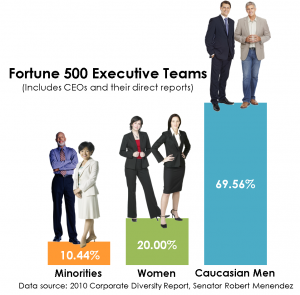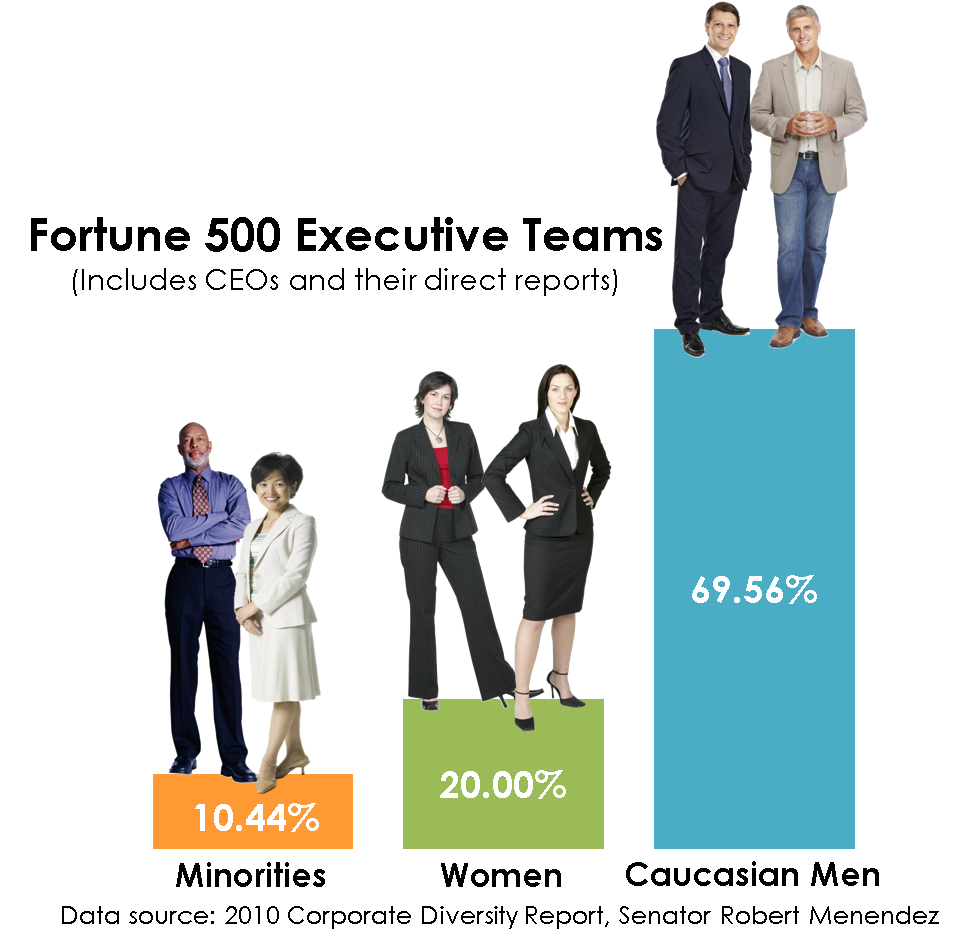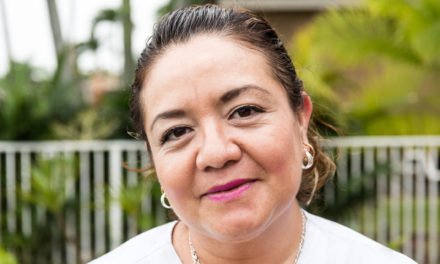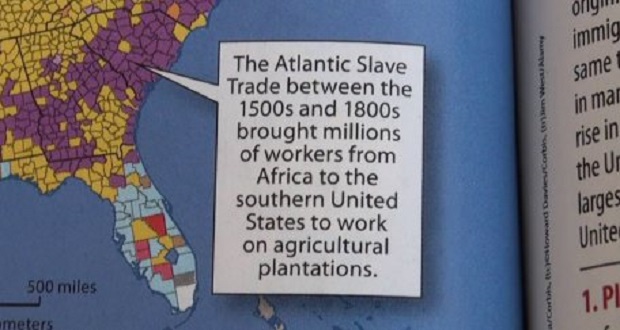 In three separate meetings with different clients this week I heard some variation of the following:
In three separate meetings with different clients this week I heard some variation of the following:
“Racial diversity is beating a dead horse. We have to deemphasize race and focus on inclusion.”
“When we meet with the senior team next month I don’t want them to leave with the idea that this is about race and gender. We have to emphasize the broader definition of diversity.”
“We can’t win if we focus on race and gender. White men do not want to hear about race and gender anymore.”
These paraphrased statements were all made during presentations that highlighted gaps in the progression of women and people of color in their respective organizations. The Winters Group was retained to conduct cultural audits that included focus groups, surveys and analysis of company demographic data.
In presenting the demographic data for these separate companies in different industries, “glass and bamboo ceilings” were evident, as well as “concrete floors” or any other terms one might use to describe the lack of upward mobility for people of color and women. In two of the organizations, women represent over half of the workforce but are underrepresented in top leadership ranks. Other analysis showed that these companies are losing people of color, Millennials, and women at higher rates than they are being hired into the organization. In addition, in all of these organizations, people of color were much more likely to be involuntarily terminated.
The data from these three companies clearly pointed to continued racial and gender disparities which they did not deny, yet they wanted to shift the focus from race and gender to issues of diversity of thought, generational diversity, educational diversity, etc.
In a spirited discussion with one diversity leader, I attempted to point out that when people of color look around an organization and do not see people who look like them in senior positions, it is hard for them to accept that the company should shift the focus from race and gender.
The issue is how do you put the appropriate focus on areas where there are still gaps while at the same time recognizing that diversity is more than race and gender? Will employees believe that diversity encompasses a broader definition if all goals are focused on race and gender diversity?
When I hear comments like we are “beating a dead horse” or leadership does not want to hear about race and gender anymore, I become really concerned that what they are essentially saying is that we do not think these issues are very important. Or they might be saying, it is just too hard to change the numbers. We have been at this for more than 40 years without much progress so it is time to just concede. We can’t do it.
Diversity is inclusive of race and gender. The whole movement started because women and people of color, were historically underrepresented and discriminated against in organizations. The Inclusion Solution just completed a series on the pay inequities that persist for women. Continue to focus on those areas where there are gaps and opportunities. Do not be afraid to confront the facts! If you have not yet reached parity at all levels for women and people of color, the emphasis needs to continue to focus on those areas.
Most companies collect data, often because they are required to by the government, only on protected class groups (Blacks/African Americans, Asians, Hispanic/Latinos, Native Americans, Pacific Islanders, women). Companies will need to start collecting data on other diversity dimensions (some companies do now) such as sexual orientation, thinking styles, etc. if they want to measure diversity beyond the current elements.
The bottom line is the data clearly shows that women and people of color continue to be underrepresented in many areas of society. We need to keep the full court press on to fix these inequities.
My message to diversity and inclusion practitioners: Boldly advocate for keeping attention on race and gender!



















